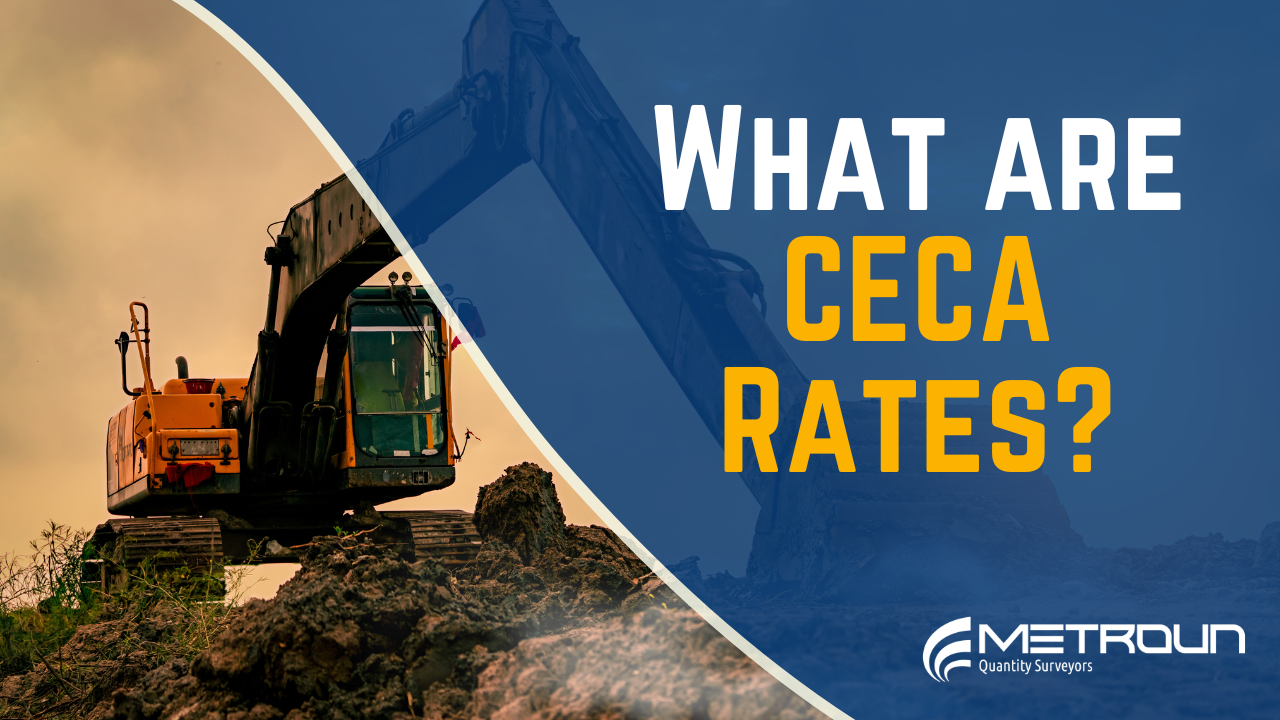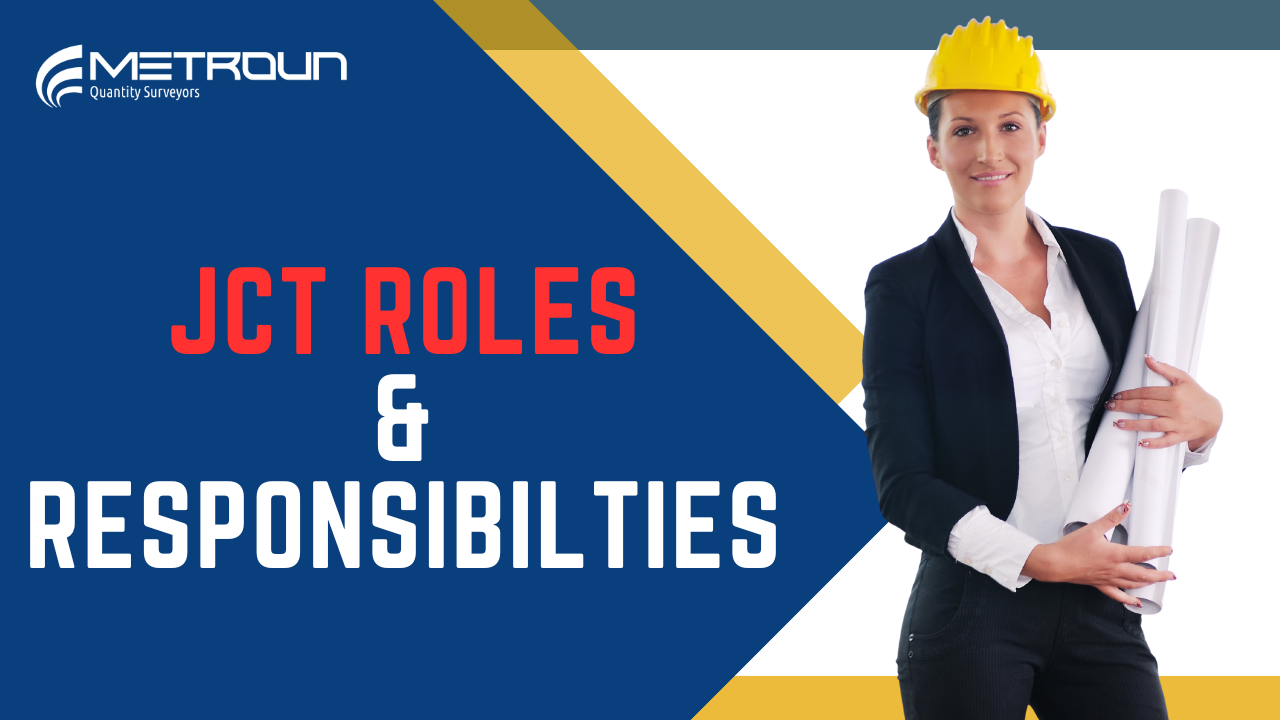Under JCT contracts, there are three main procurement routes available: Traditional, Design & Build, and Management.
In this article, we’ll explore the Traditional procurement method, what it involves, why it’s called “traditional,” and the key advantages and disadvantages to consider.
Why is it called “Traditional”?
The name comes from its history. The traditional procurement route has been used since the Victorian era, making it the oldest and most established approach in UK construction.
Here’s how it works:
- The client appoints a design team (such as architects or engineers) to fully design the project.
- Once the design is complete, there are two possible next steps:
- A cost consultant (usually a quantity surveyor) prepares a cost estimate and a bill of quantities (BoQ).
- The estimate gives the client an approximate cost to benchmark against tender returns.
- The BoQ ensures that all contractors tendering are pricing against the same scope and items.
- Alternatively, the design team’s cost team may provide pricing, or the client may rely on their own judgment when comparing tenders. (This route carries more risk and uncertainty, and is generally not recommended.)
- A cost consultant (usually a quantity surveyor) prepares a cost estimate and a bill of quantities (BoQ).
- The construction phase is then put out to tender—either competitively or via a single-source approach.
- Once awarded, the contractor delivers the works, based on the completed design and BoQ.
Advantages of JCT Traditional Procurement
The biggest advantage of the traditional method is certainty.
- The design is finalised before contractors are appointed, so everyone knows exactly what is required.
- Clients have a clear idea of costs and scope before entering into the construction phase.
- The process allows for detailed client involvement in shaping the design, ensuring the end result reflects their vision.
Disadvantages of JCT Traditional Procurement
With certainty comes trade-offs. Some of the key disadvantages include:
- Longer timelines – Because the design must be completed before tendering, projects typically take longer to get started.
- Limited contractor input in design – Contractors often have little say during design development. This can lead to issues if buildability problems are discovered later.
- Client as middleman – If design issues arise, the contractor communicates through the client, potentially slowing down resolution and increasing complexity.
Is Traditional Procurement Right for You?
Traditional procurement isn’t for everyone, but it may be the best choice if you value design control and detail over speed.
Ask yourself the following:
- Is the design important to me?
- Do I want to collaborate closely with an architect to bring my vision to life?
- Do I need to feel in control of how my project looks and functions?
- Am I comfortable with a longer delivery timeline in exchange for greater certainty?
- Do I care deeply about the details of the project?
If you answered yes to most of these, then the Traditional procurement route could be the right path for your project.
Final Thoughts
The Traditional procurement method has been around for over a century for good reason. It provides clients with clarity and control. However, it does so at the cost of flexibility and time. For clients who prioritise design quality and certainty over speed, this method remains a reliable and proven option under JCT contracts.










